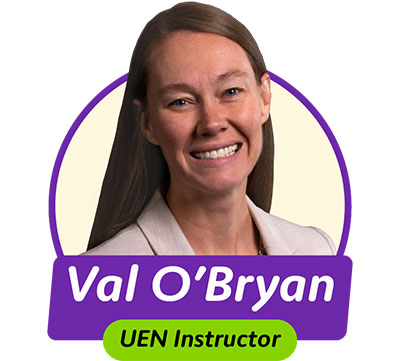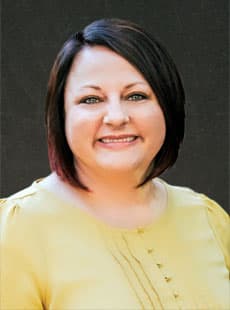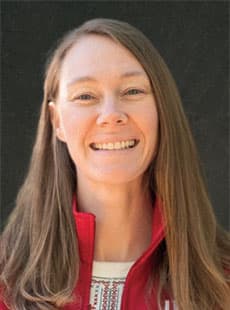UEN Teacher Tips
The Lucid integration in Canvas offers teachers a powerful tool to help students visually model their thinking. By creating diagrams, flowcharts, mind maps and other visual representations, students can make their abstract ideas more tangible and organize their thoughts more clearly. This approach promotes metacognition, enabling students to reflect on their own learning processes. Visual modeling with Lucid helps students break down complex concepts, identify patterns and develop deeper conceptual understanding. This powerful cognitive development tool fosters more meaningful, engaged learning in the classroom.
The best part is that all this visualization can now occur through Lucid in Canvas.
Here are a few ideas for how you might use Lucid to get your students visualizing and conceptualizing:
-
Create concept maps: Encourage students to build concept maps to show the relationships between ideas, making complex topics easier to grasp.
-
Model mathematical reasoning: Guide students in using Lucid to create visual models of mathematical problems, like number lines, geometric diagrams or problem-solving processes, to improve reasoning and understanding.
-
Enhance sensemaking in science: Use Lucid to help students visually represent scientific concepts and processes, allowing them to synthesize information, draw conclusions and make connections between ideas, ultimately improving their understanding.
Helpful Resource:
National Science Teaching Association | Promoting Sensemaking
National Council of Teachers of Mathematics | Teacher’s Guide to Reasoning and Sense Making
Lucid Software | Getting Started with Lucidchart in Under 5 Minutes
Lucid for Education | How to Add Lucid Activities to Canvas Assignments: Instructor Video
Lucid for Education | How to Complete a Lucidchart Canvas Assignment: Student Video
Val specializes in helping educators enhance online learning experiences. She holds a doctorate in curriculum and instruction from Kansas State University and a Master’s in Writing, Rhetoric and Digital Media studies from Northern Arizona University. Most recently, Val worked as an English and Concurrent Enrollment teacher in the Washington County School District.

Share this tip:
You Might Also Like:


 UTAH EDUCATION NETWORK
UTAH EDUCATION NETWORK

 Justin
Justin Braxton
Braxton Dani
Dani Kayla
Kayla Katie
Katie Lora
Lora Rob
Rob Val
Val

